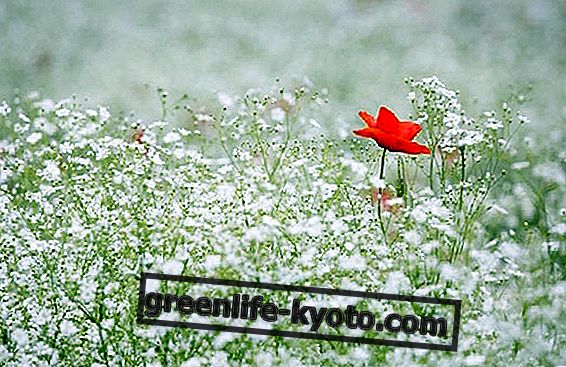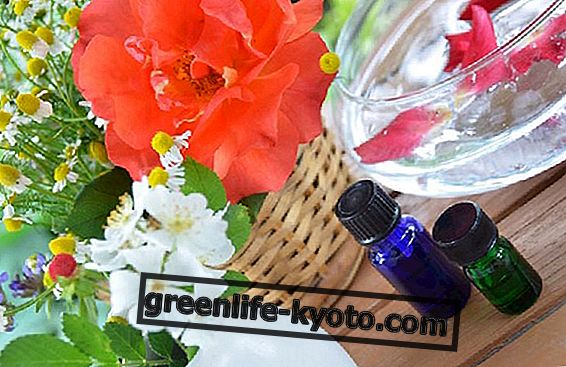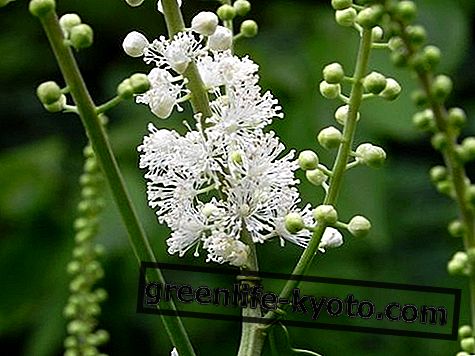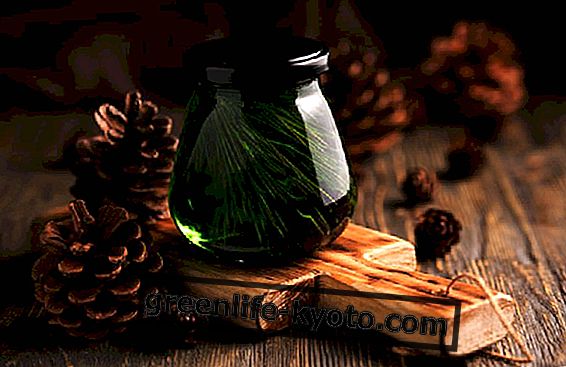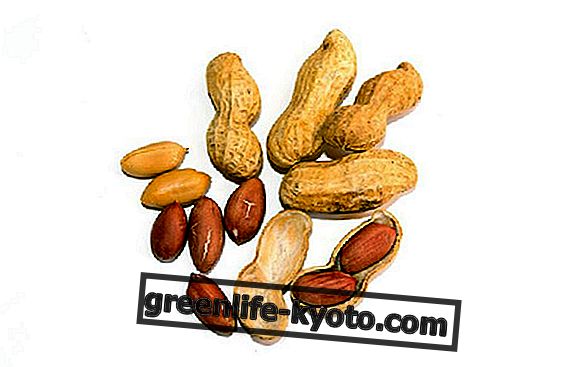The habit of perfuming rooms and burning aromatic substances dates back to the dawn of time. The purposes can be the most diverse: it can be done to create an atmosphere suitable for meditation, to purify the home or simply for the pleasure of a perfume that we learn to recognize.
Whatever use we intend to make of them, however, it is really necessary to have the right information on the subject: let's think about it for a moment!
Knowing "what burns in the pot" really makes the difference. Of course, some incenses are better than others. Is breathing truly incapable of breathing in incenses that contain petroleum derivatives or, given the minimum quantity, is it irrelevant? We try to proceed by order.
Incense toxicity and purity
Unfortunately, in most cases it is true: even if natural incenses exist and can be found, most incenses on the market are toxic.
The web abounds with information in this regard. The problem that arises becomes rather to establish the authenticity and completeness of what we read (for more information on this article, you can check the sources listed below).
The transformation of the product is the phase that most affects the toxicity of an incense. We immediately exclude completely synthetic fragrances (chocolate, green apple and others): in order not to use them, common sense is enough, but even in the case of products with essential oils substances such as perfumes of chemical origin, formaldehyde and other chemical compounds can be added.
The combustion of these substances releases in the air polycyclic aromatic hydrocarbons (highly carcinogenic compounds), together with various gases such as carbon monoxide, sulfur dioxide and nitrogen dioxide. Gases and particulates quickly soak up the interior spaces, leaving toxic residues for a long time, even after the flame has gone out.
The studies on the subject
The most cited study on the subject was published in the medical journal Cancer, and conducted in 2007 by Dr. Jeppe Friborg of the Statens Serum Institute in Copenhagen. The study, conducted in Singapore by local scientists with the collaboration of Danish and US colleagues, involved 61, 320 citizens of Singapore, aged between 45 and 74, observed from 1993 to 2005.
In this period 325 volunteers had developed upper respiratory tract cancer (paranasal sinuses, oral cavity, head and neck, larynx) and 821 lung cancer.
A few years earlier, five European consumer associations (including Altroconsumo) carried out various tests on the products used to perfume the rooms. The result? The incense sticks were the most toxic of all.
It is interesting to note that the producing companies, informed of the results, expressed "astonishment" because they had never carried out controls of this type.
We take into account the fact that, although some companies are in possession of certifications recognized by the Ministry of Health, the producers are not even required to report the composition on the product.
How can we orient ourselves and buy our incense safely?
Discover also the essential oil of incense and its properties
Incenses in stick
But then, is it really impossible to find pure incenses of 100% natural origin? According to what we have seen so far, common incenses would contain chemicals of all kinds. The first on the dock would be the most common, the incense sticks : they are generally the easiest to find, and they cost very little. They are extremely practical and easy to handle, because they burn evenly, without losing incandescent parts .. at this point, some will already have understood: a combustion of this type necessarily requires the use of chemical components.
Why? It is easy to say: the realization of an incense stick without additives that remains compact and does not crumble, burning evenly, is uneconomical and difficult. There are very few companies that make this choice, so most products of this type .. will "stink" of cheating!
The best natural incenses in stick are composed of three parts:
- the stick, which is traditionally made of dried bamboo,
- the essential oil, which guarantees its fragrance,
- the base, made up of a mixture of powders of vegetable origin, which has a "cohesive and combustive" function, meaning that it allows the incense to burn on the stick.
At best, therefore, the toxicity comes from the simple combustion of the base, which in any case constitutes most of what we have bought!
Incense in resins and grains
The solution exists, but it is nothing innovative: it is simply a matter of using a pure product, which has not undergone transformations for which it is necessary to add chemicals.
Quality incense is marketed in resins and grains, and more rarely in cones. Incenses like these are the most used by those who practice Aromatherapy and by those who use them in the professional field, such as wellness centers.
Natural resins are produced from different types of plants, or from aromatic plants such as Patchouli or Palo Santo. Their function is to ward off parasites, bacteria and mold in case of plant wounds. Incenses like these are totally free of toxic substances, since they do not require any transformation.
The choice is really relevant if you decide to carry out experiences related to Aromatherapy, but also for those who love to give a good smell to the house without inhaling dangerous substances or causing allergic reactions. If we really believe in the power of olfactory use of essential oils, we should also convince ourselves of the risks inherent in inhaling chemicals such as formaldehyde.


